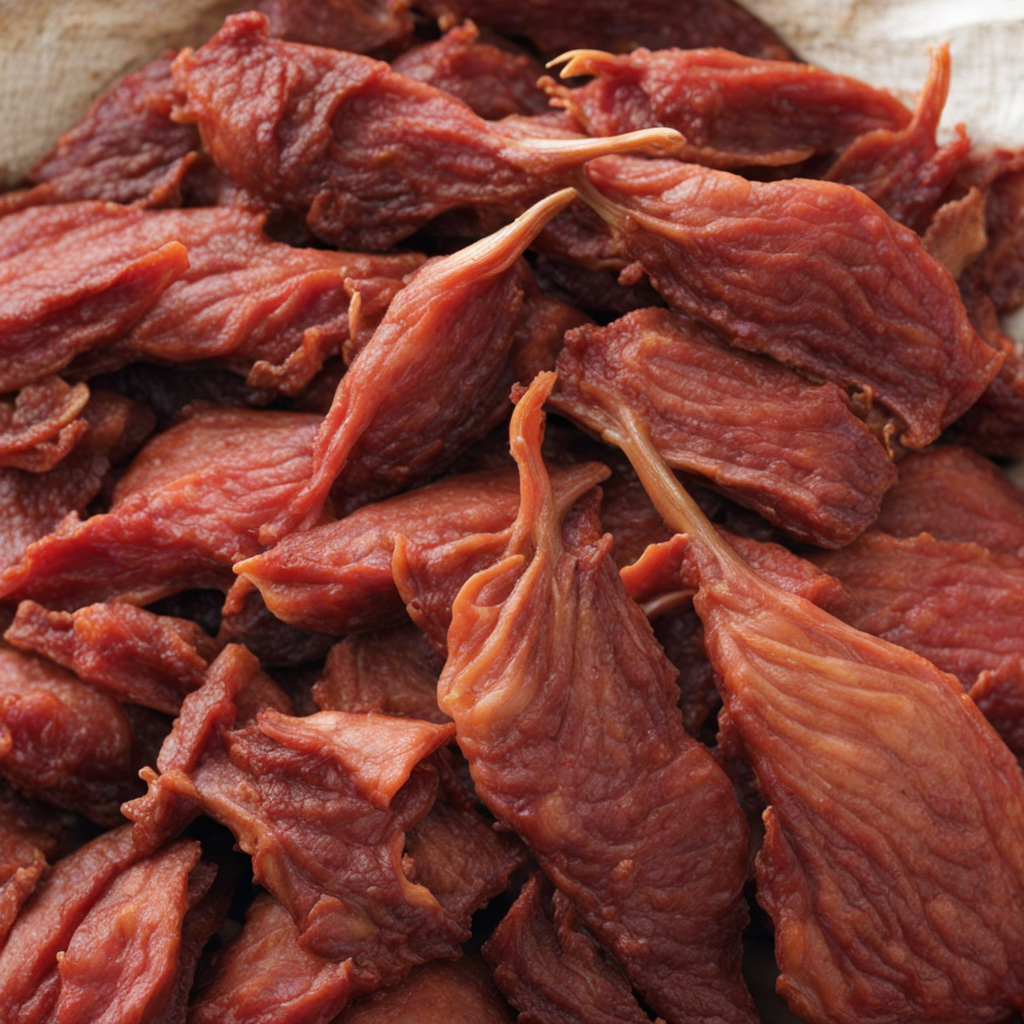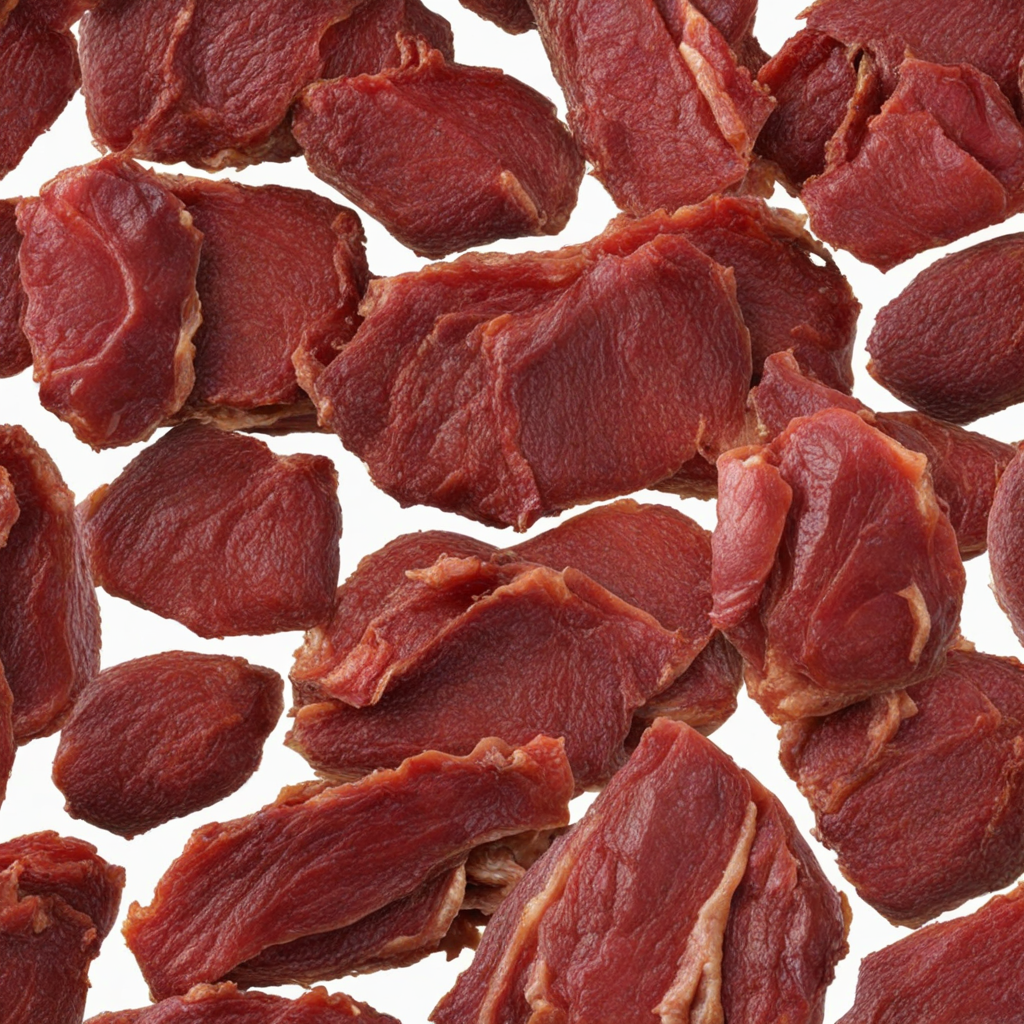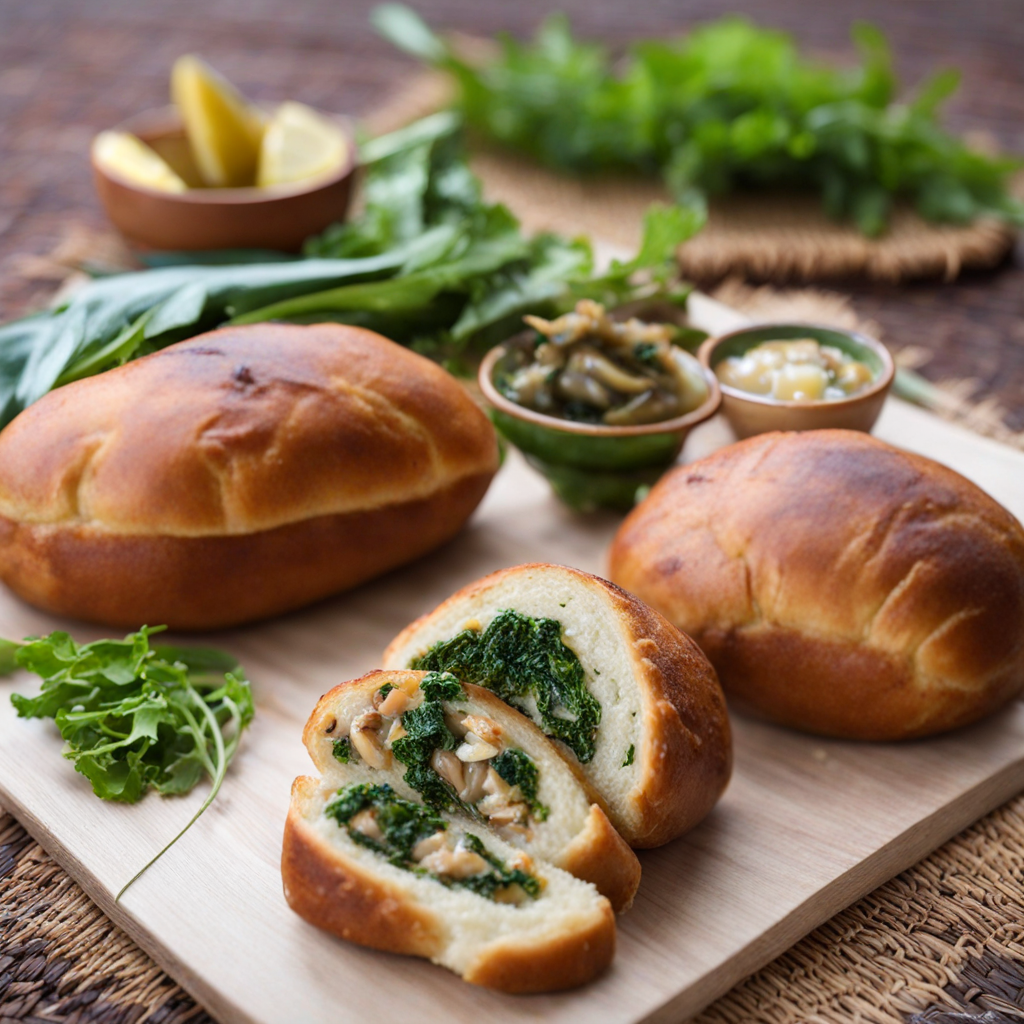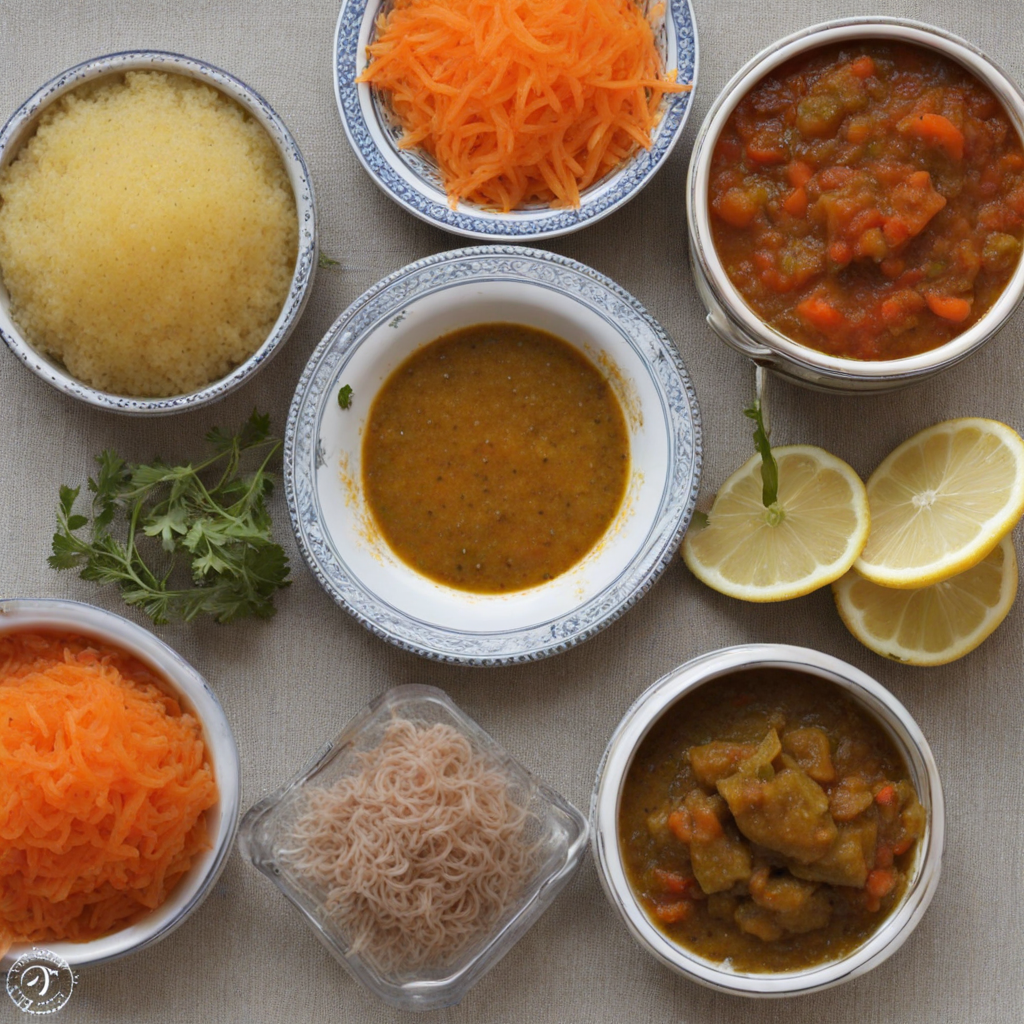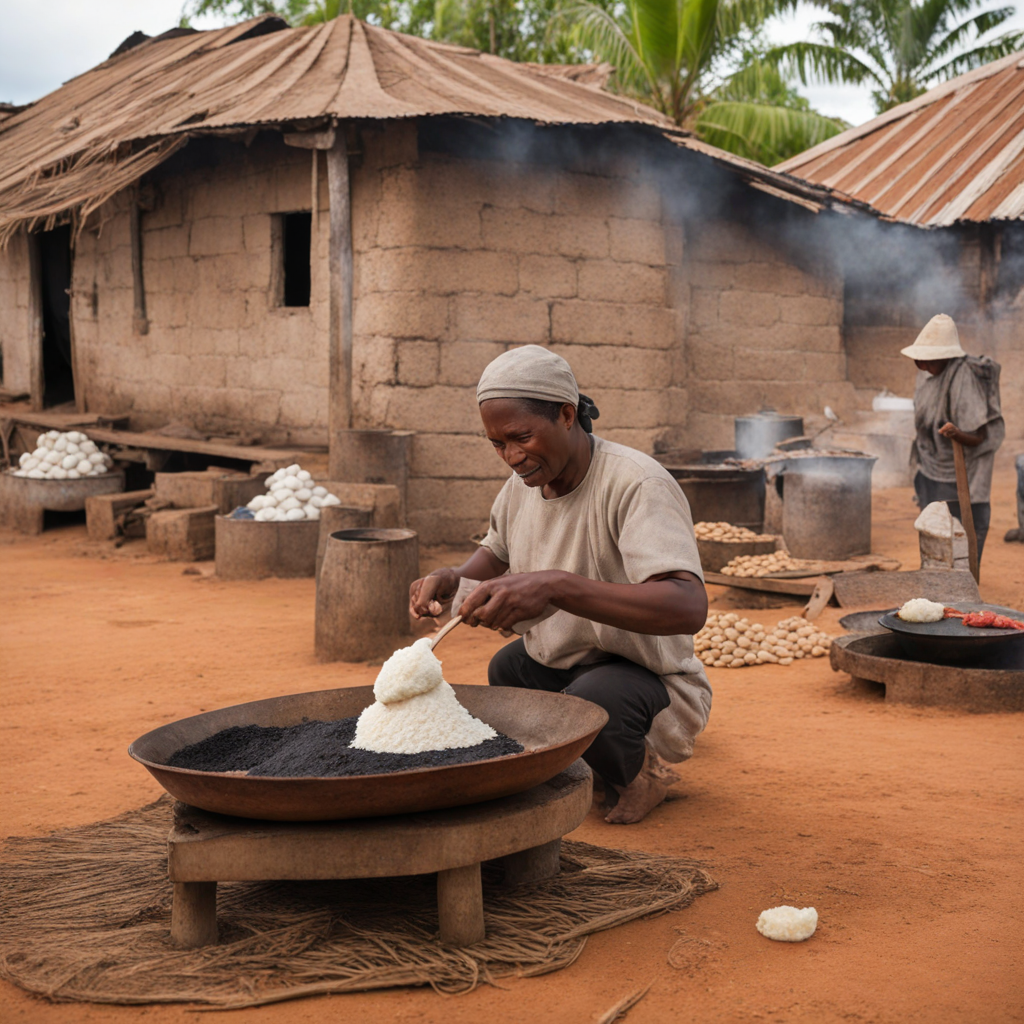Hen'omby ritra
'Hen'omby ritra' is a traditional dish from Madagascar, specifically celebrated for its rich flavors and cultural significance. The name translates to "cooked beef" in Malagasy, yet it embodies much more than a simple preparation of meat. This dish is deeply rooted in the culinary traditions of the Malagasy people and is often associated with communal gatherings and festive occasions. Its history is intertwined with the island's agricultural practices and the importance of livestock in Malagasy culture, where cattle hold both economic and social value. The flavor profile of 'Hen'omby ritra' is robust and aromatic, showcasing the unique spices and ingredients found in Madagascar. The dish is characterized by a savory and slightly tangy taste, often enhanced by the use of local herbs and spices. One of the distinctive features of 'Hen'omby ritra' is its incorporation of garlic, ginger, and onions, which provide a fragrant base. The addition of spices such as turmeric, cloves, and black pepper lends depth and warmth to the dish. In some variations, a splash of vinegar or lemon juice is included to introduce a pleasant acidity that balances the richness of the beef. Preparation of 'Hen'omby ritra' involves several key steps that highlight the importance of traditional cooking methods. The process typically begins with selecting high-quality cuts of beef, often sourced from locally raised cattle. The meat is then marinated with a mixture of spices and aromatics, allowing the flavors to penetrate deeply. After marination, the beef is slow-cooked
How It Became This Dish
The Culinary Journey of 'Hen'omby Ritra': A Taste of Madagascar #### Origins Madagascar, the fourth largest island in the world, is renowned for its rich biodiversity and unique cultural tapestry. Among its culinary treasures is 'Hen'omby ritra', a traditional dish that reflects the island's agricultural practices, social customs, and the melding of various cultural influences. The term 'Hen'omby' translates to 'beef' in Malagasy, while 'ritra' means 'to be cooked until tender'. Thus, 'Hen'omby ritra' is essentially tender beef stew, prepared with a variety of local ingredients that vary by region and family tradition. The origins of Hen'omby ritra can be traced back to the early settlers of Madagascar, who brought their culinary practices with them. The island's inhabitants are a melange of Austronesian and African influences, with subsequent waves of migration from Arab, Indian, Chinese, and European traders. Each group left a unique imprint on the local cuisine, and beef, introduced by the French and other colonial powers, became an integral part of the Malagasy diet. #### Cultural Significance Hen'omby ritra is more than just a meal; it is a symbol of Malagasy hospitality and community. This dish is often prepared for significant celebrations, such as weddings, family gatherings, and traditional ceremonies, underscoring its importance in social bonding. The act of cooking Hen'omby ritra is a communal affair, often involving families coming together to prepare and share the meal. In Malagasy culture, food is a way to express love, respect, and gratitude. The preparation of Hen'omby ritra often involves traditional techniques passed down through generations, showcasing the skill and knowledge of the cook. The dish is typically served with a side of rice, which is a staple in Malagasy cuisine, reinforcing the communal aspect of dining. #### Ingredients and Preparation The preparation of Hen'omby ritra varies widely depending on regional availability and personal preferences. The primary ingredient, beef, is often sourced from local cattle herders, reflecting the importance of livestock in the rural economy of Madagascar. The beef is usually cut into large chunks and marinated with a mixture of garlic, ginger, and onions, along with various spices such as salt and pepper. The stew is typically cooked slowly to allow the flavors to meld and the meat to become tender. In many recipes, tomatoes and carrots are added, along with local herbs like parsley or coriander, which enhance the dish's freshness. Some variations may include the use of coconut milk, adding a creamy texture and a subtle sweetness to the stew. Accompanying the dish, rice is prepared in a traditional manner, often steamed or boiled. In some regions, it is common to serve Hen'omby ritra with a spicy condiment called 'sakay', made from crushed chili peppers, garlic, and vinegar, which adds an exciting kick to the meal. #### Evolution Over Time The evolution of Hen'omby ritra is reflective of Madagascar's socio-economic changes over the years. During the colonial period, the introduction of new agricultural practices and ingredients altered the way traditional dishes were prepared. The accessibility of various spices and vegetables allowed for experimentation and adaptation, leading to the diverse interpretations of Hen'omby ritra that exist today. In the post-colonial era, as Madagascar sought to reclaim its cultural identity, there was a resurgence of interest in traditional dishes like Hen'omby ritra. Chefs and home cooks alike began to embrace local ingredients and cooking methods, emphasizing the importance of sustainability and biodiversity in food practices. This movement has not only preserved the dish's traditional roots but has also allowed for a modern reinterpretation that appeals to younger generations. With the rise of globalization, Hen'omby ritra has also found its way into international cuisine. Malagasy diaspora communities have introduced this beloved dish to the world, leading to its inclusion in various culinary festivals and events. Restaurants serving Malagasy cuisine have begun to pop up in urban centers, showcasing Hen'omby ritra as a highlight on their menus and sparking curiosity among food enthusiasts. #### A Culinary Legacy Today, Hen'omby ritra stands as a testament to Madagascar's rich culinary heritage. It embodies the island's history, cultural practices, and the resilient spirit of its people. As Madagascar continues to navigate the complexities of modernity, Hen'omby ritra remains a cherished dish that connects the past with the present. The dish's versatility allows for personal interpretations while still honoring its traditional roots. Whether prepared in a humble home kitchen or a high-end restaurant, Hen'omby ritra brings people together, fostering a sense of community and shared history. As Madagascar faces challenges related to environmental sustainability and economic development, the importance of traditional dishes like Hen'omby ritra cannot be overstated. They serve not only as a source of nourishment but also as a means of preserving cultural identity and heritage in a rapidly changing world. #### Conclusion Hen'omby ritra is more than just a dish; it is a narrative woven into the fabric of Malagasy society. Its rich history reflects the island's diverse cultural influences and the communal spirit that defines Malagasy life. As we savor this tender beef stew, we are reminded of the generations of cooks who have passed down their knowledge, the families who have gathered around the table, and the vibrant culture that continues to thrive in Madagascar today. In a globalized world, where culinary traditions are often diluted, Hen'omby ritra stands strong, a flavorful reminder of the importance of heritage, community, and the joy of sharing a meal.
You may like
Discover local flavors from Madagascar


